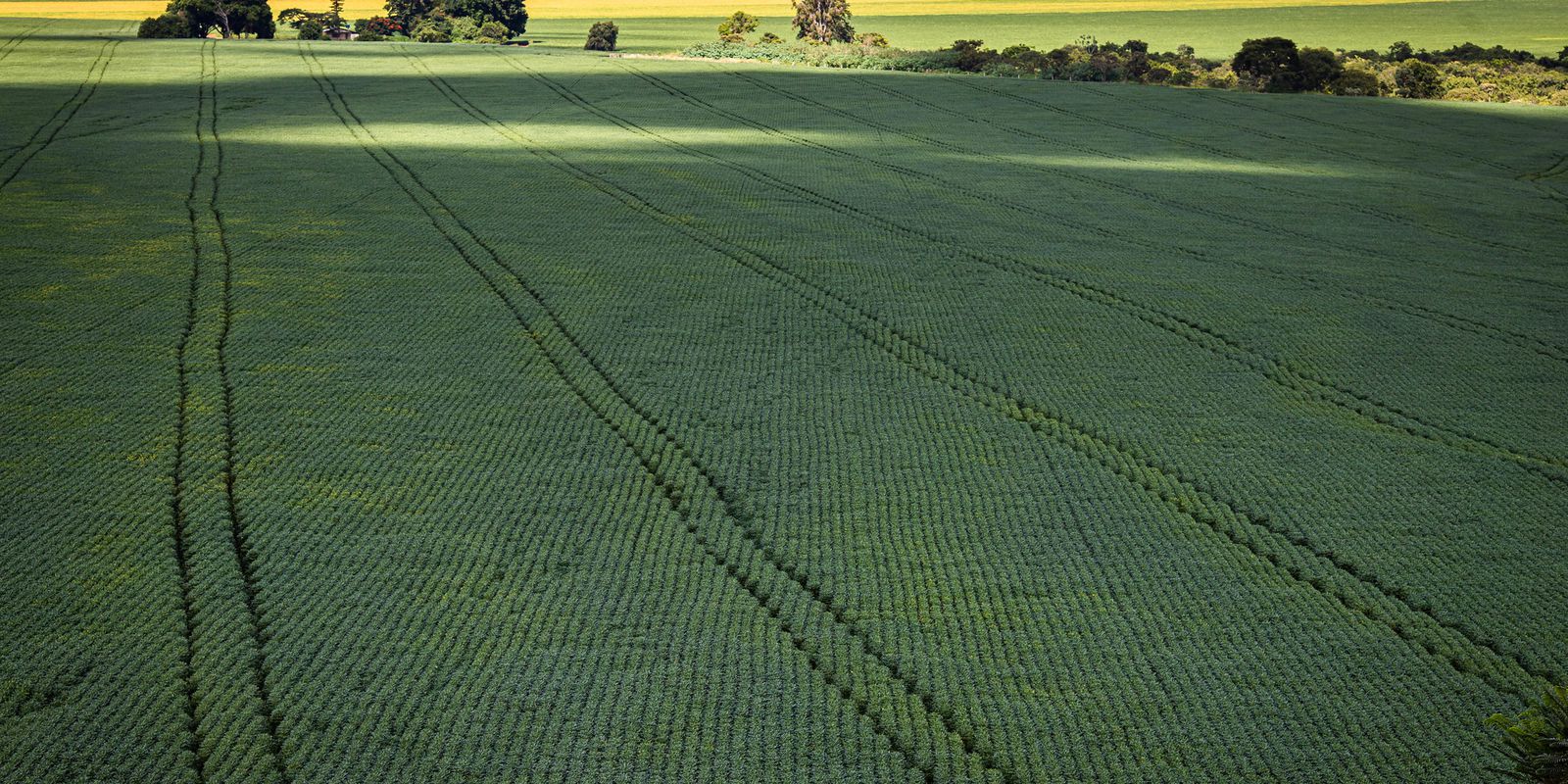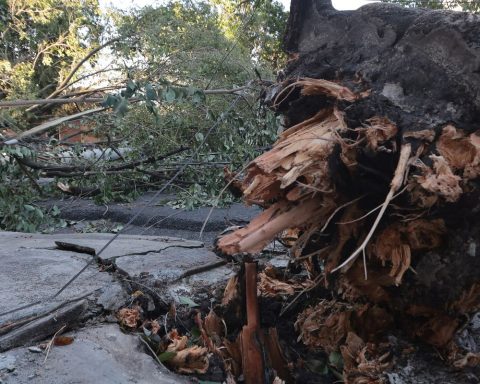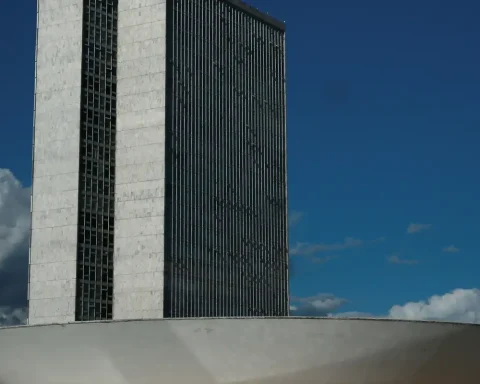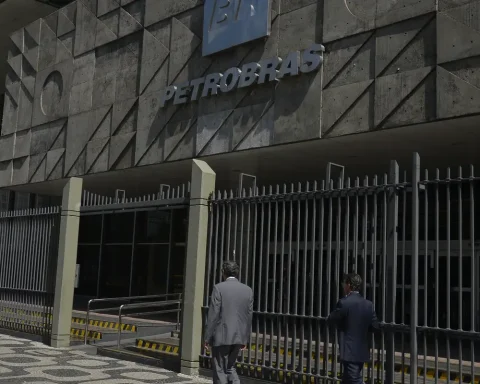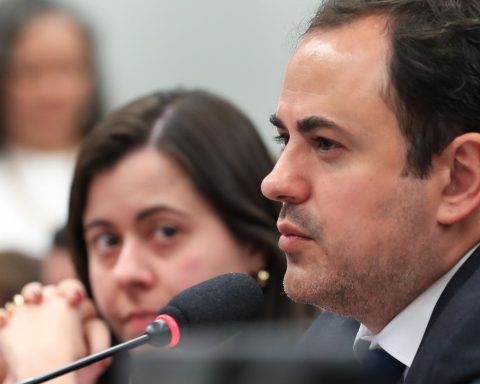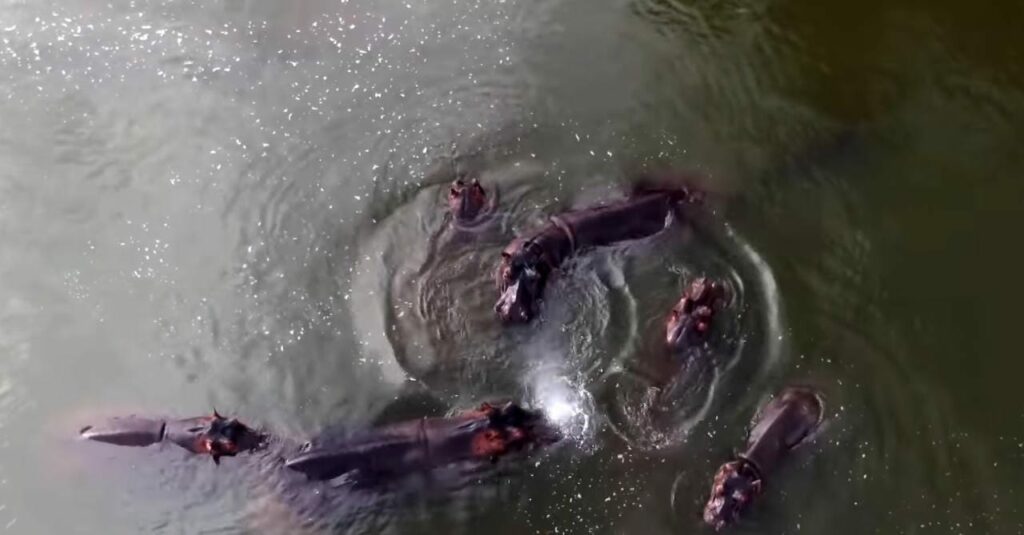Last year, agricultural production fell by 1.7% in Brazil compared to the 2021 result, and climate change has been responsible for significant crop failures. According to data from the Brazilian Institute of Geography and Statistics, the increase in the frequency of adverse weather events contributed to raising rural insurance indemnities and reduced the available supply, leaving rural producers with less coverage.
The study by the Climate Policy Initiative, by the Pontifical Catholic University of Rio de Janeiro (CPI/PUC-Rio), which builds a map on rural insurance in Brazil and proposes effective actions for the safety of Brazilian agriculture in the face of climate change, focuses on in soybean cover. In the 2021/2022 agricultural year, the severe drought led indemnities to grow more than four times compared to the previous harvest, according to data from the Superintendence of Private Insurance (Susep).
In addition to Brazil being the world’s largest producer of soy, the cereal is the main item in the national agricultural sector and the most insured product. Soybean cultivation has expanded in the country, but producers are increasingly subject to a series of climatic risks that can generate losses.
Due to the country’s climatic and geographical diversity, some locations are more exposed to risks than others. According to researchers from the CPI/PUC-Rio, the states of Maranhão, Tocantins, Piauí and Bahia, the northwest of Rio Grande do Sul and the west of Paraná have large soybean production and high variability in productivity, a possible indicator of instability associated with weather events.
Production and risk of losses
Risk management instruments help rural producers protect themselves from natural hazards. The study shows that rural soy insurance coverage is concentrated in the South and Midwest regions. The South Region accounts for 60% of the number of policies and 43% of the value of premiums, despite having produced only 37% of soybeans between 2006 and 2018. ) and value produced (44%), concentrated 20% of insurance policies and 34% of premiums paid in the same period.
Soybean insurance coverage has expanded in recent years. The number of municipalities with insurance increased by 22% between 2008 and 2018. However, more than a thousand municipalities remain without any insurance coverage. The study identified large soybean producing regions with low insurance coverage, as is the case in much of the state of São Paulo, western Santa Catarina and part of northern Rio Grande do Sul.
Despite the recent expansion of soy production and the insurance sector in these regions, coverage growth has not been proportional. The Northeast Region has a similar proportion of planted area (8%), value produced (8%) and rural insurance premiums (9%), and a greater proportion in the volume of indemnities (18%). This signals that the region has a high risk of losses.
The senior research manager at CPI/PUC-Rio and study coordinator, Priscila Souza, points out that the adoption of modern and sustainable practices, which contribute to adapting and mitigating climate change, requires considerable investments.
Priscila claims that producers need adequate financial instruments to deal with the risks involved. “The offer of insurance must be expanded to producers and regions with limited access to financial products and that are more vulnerable to weather events.”
Identification of causes
The researchers investigated the most relevant climatic variables to explain the losses in soybean production. The results indicate that, in Brazil, production is mainly affected by droughts and excessive rainfall. Precipitation, risk of fire and wind are the climatic variables that most influence the probability of drought and the occurrence of losses.
Higher fire risk indexes are related to higher drought risks. And the occurrence of heavy rains and storms is associated with excessive precipitation and high wind speed. In addition to Priscila, researchers Mariana Stussi and Wagner Oliveira participated in the study.
“Identifying these climatic variables is important for predicting future losses and, therefore, for guiding the implementation of public policies and effective actions by insurers”, concludes Priscila, who defends the government’s stimulus to the expansion of rural insurance. According to Priscila, this can be done by investing in the Rural Insurance Premium Subsidy Program, reducing the cost of acquiring policies, improving the Agricultural Zoning of Climate Risk and strengthening the reinsurance market in Brazil. In a scenario of higher risk, reinsurers become increasingly important, say the researchers.
*Intern under the supervision of Akemi Nitahara
